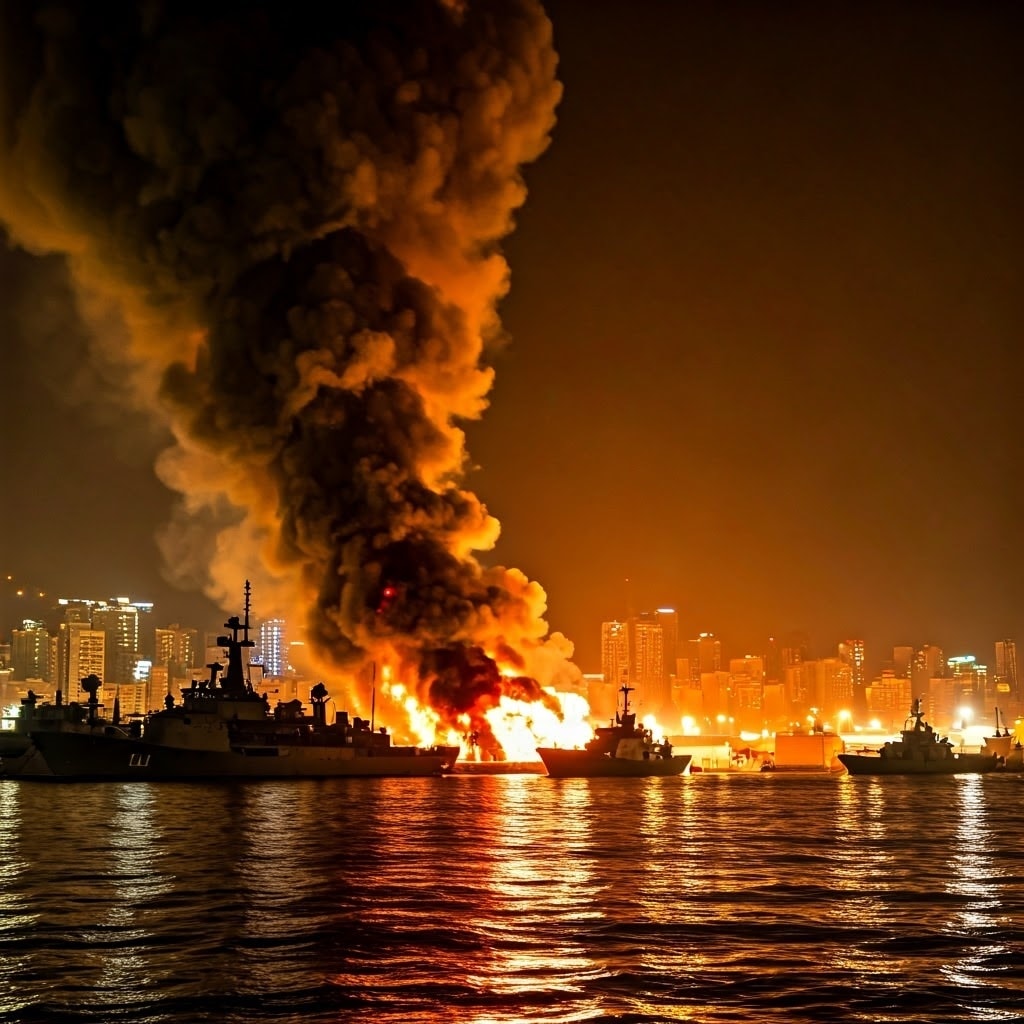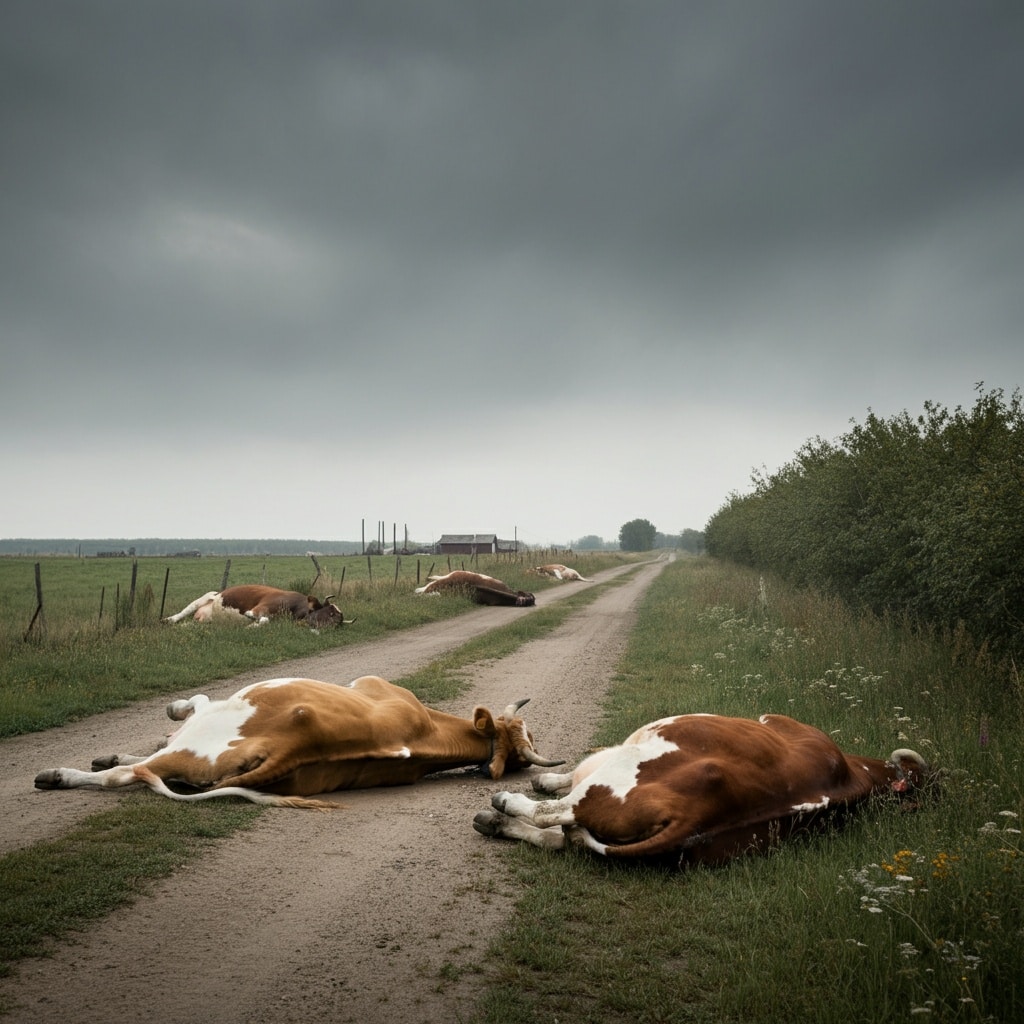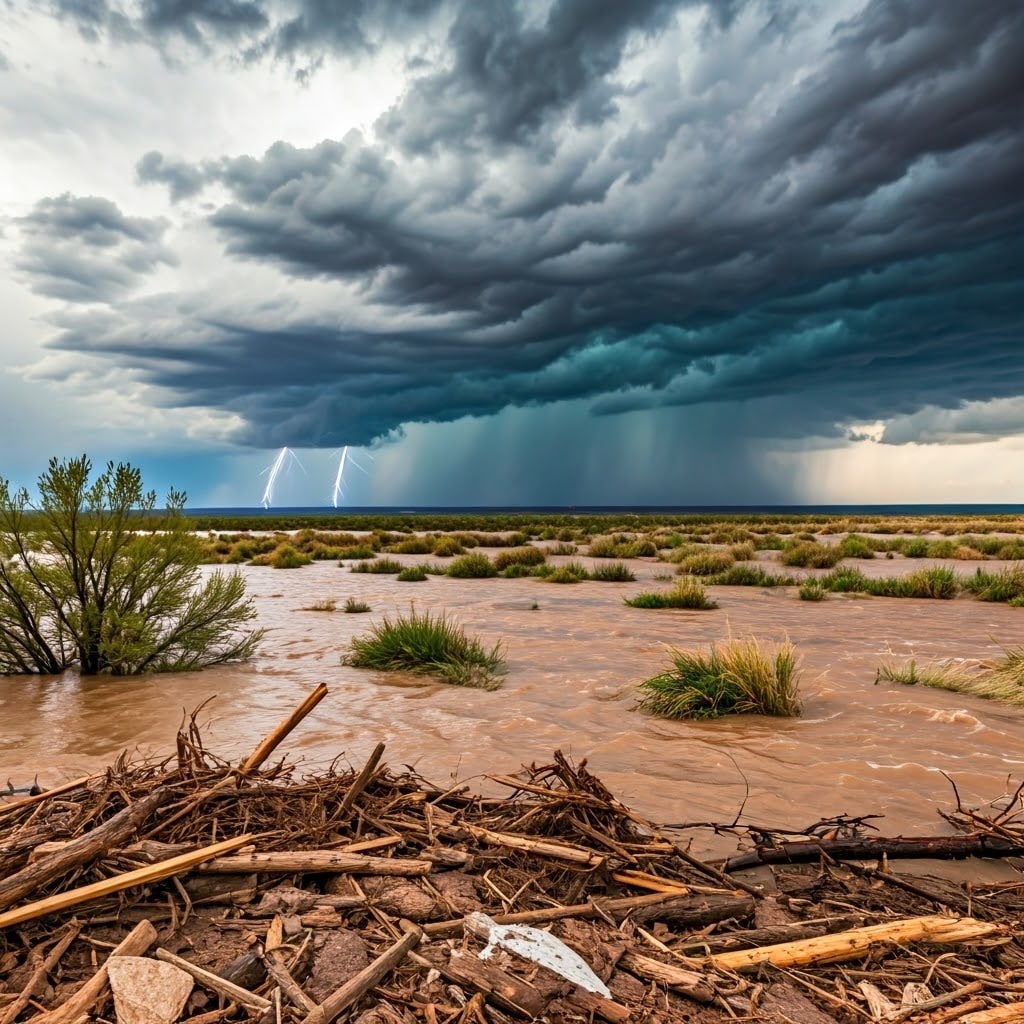Icelandic authorities have declared a state of emergency after a series of powerful earthquakes rocked the country’s southwestern Reykjanes peninsula, signaling the increased likelihood of a volcanic eruption in the region.
“The National police chief … declares a state of emergency for civil defence due to the intense earthquake (activity) at Sundhnjukagigar, north of Grindavik,” the Department of Civil Protection and Emergency Management said in a statement.
“Earthquakes can become larger than those that have occurred and this series of events could lead to an eruption,” the administration warned. The Icelandic Met Office (IMO) said an eruption could take place “in several days”.
The village of Grindavik, home to about 4,000 people, is located 1.86 miles (3km) southwest of the area where Friday’s earthquake swarm was registered. It has evacuation plans in place in case of an eruption.
At about 5.30 pm GMT, two strong earthquakes were felt as far as the capital, Reykjavik, 40km away, and along much of the country’s southern coast, causing windows and household objects to shake.
The biggest tremor, north of Grindavik, had a magnitude of 5.2, according to preliminary IMO figures. Police closed a road running north-south to Grindavik on Friday after it was damaged by the earthquakes.
Since late October, 24,000 tremors have been registered on the peninsula, according to the IMO, with “a dense swarm” of nearly 800 quakes registered between midnight and 2 pm GMT on Friday.
The IMO noted an accumulation of magma underground at a depth of about 3.1 miles (5km). Should it start moving towards the surface it could lead to a volcanic eruption.
“The most likely scenario is that it will take several days rather than hours for magma to reach the surface,” it said. “If a fissure were to appear where the seismic activity is at its highest now, lava would flow to the south-east and to the west, but not towards Grindavik.”
Since 2021, three eruptions have taken place on the Reykjanes peninsula, in March 2021, August 2022 and July 2023. Those three were located far from any infrastructure or populated areas.

















